Jabuticaba (Plinia Cauliflora)
$24.95 Original price was: $24.95.$17.47Current price is: $17.47.
- Prompt service, every time.
- Multiple payment methods, safe and reliable
- Safe and Secure Payments, Always
- Get the quality you deserve, for less.

Jabuticaba, Brazilian Grape Tree, or Jaboticaba, is a small evergreen fruit tree in the Myrtle family (Myrtaceae), native to Brazil. It is an attractive tree, often with multiple stems, growing 10 to 12 feet high in a symmetrical, spreading vase shape. Its yellowish-white flowers bloom directly on the trunks and branches and develop into 1” to 3” round purple fruits with soft, white, edible pulp. Jabuticaba fruit is typically eaten fresh, but can also be used to make juices, desserts, jams, or even fermented into wine.
The name Jabuticaba comes from the indigenous Brazilian word, jabotim, for turtle, as in turtle fat, which depicts the sweet, edible pulp. The species name, cauliflora, describes the stemless flowers and fruits that are cauline, meaning that they grow right on the trunk and branches. The fruits taste similar to muscadine grapes, with tart skins and extremely sweet pulp. Jabuticaba fruits have a very short shelf life, so the fresh fruits are rarely found in stores.
The trees grow best in moist, fertile, slightly acidic soil, but are tolerant of many soil types as long as they are kept moist. Jabuticaba is hardy to USDA zones 9 to 11 but will tolerate occasional light freezes as long as temperatures don’t dip below 26 degrees F for any length of time. In cooler regions, they can easily be grown in pots, and are perfect as bonsai specimens since they have shallow, fibrous roots.
| Pot Size | Medium Coconut Coir Pot, Large Coconut Coir Pot, X-Large Burlap Pot |
|---|
Be the first to review “Jabuticaba (Plinia Cauliflora)” Cancel reply
Related products
Tropical Fruit & Spice Trees
Tropical Fruit & Spice Trees
Tropical Fruit & Spice Trees
Tropical Fruit & Spice Trees
Tropical Fruit & Spice Trees
Banana Bundle: Siam Ruby, Blood Banana, Dwarf Cavendish & Red Abyssinian
Tropical Fruit & Spice Trees
Tropical Fruit & Spice Trees
Tropical Fruit & Spice Trees

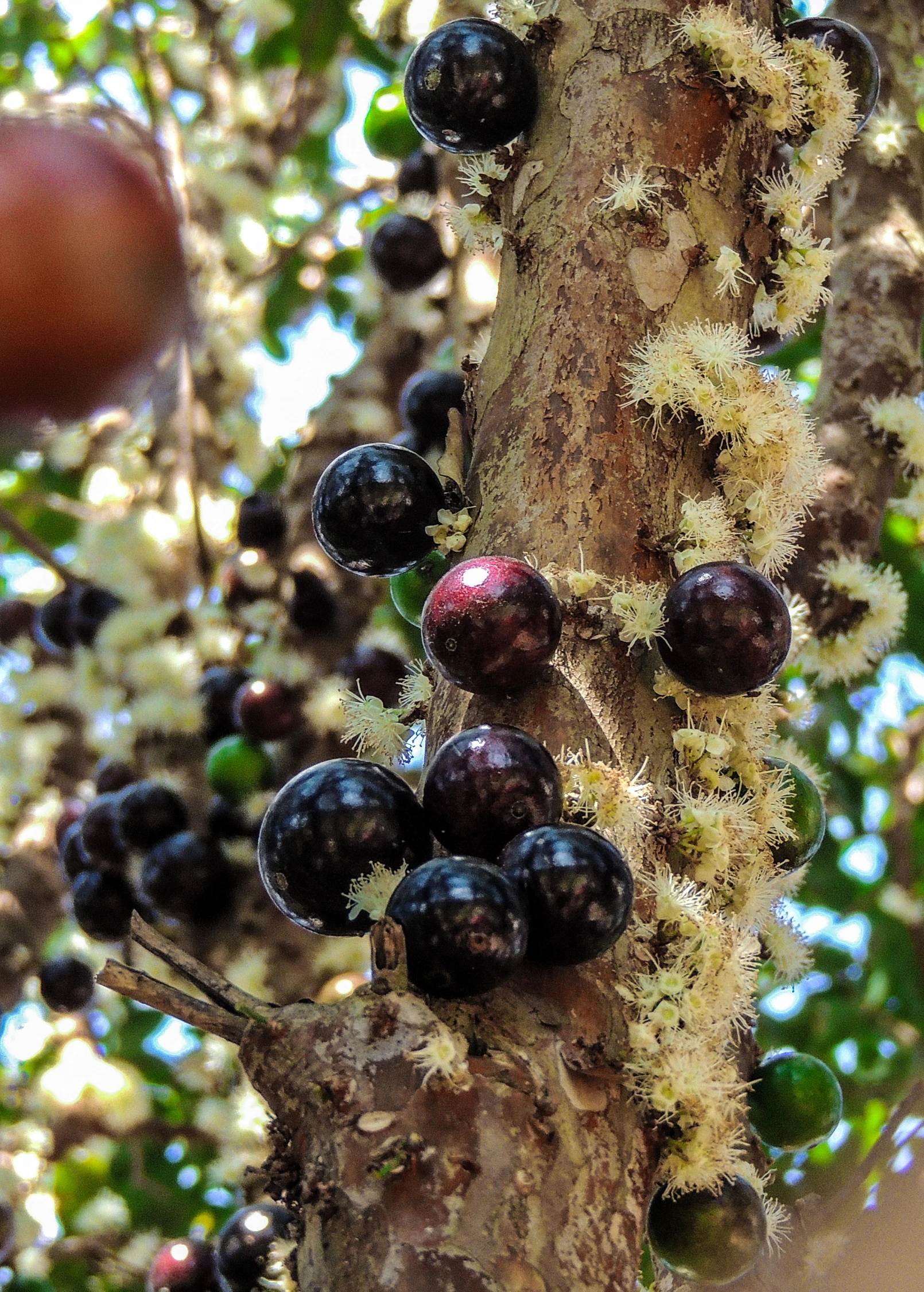
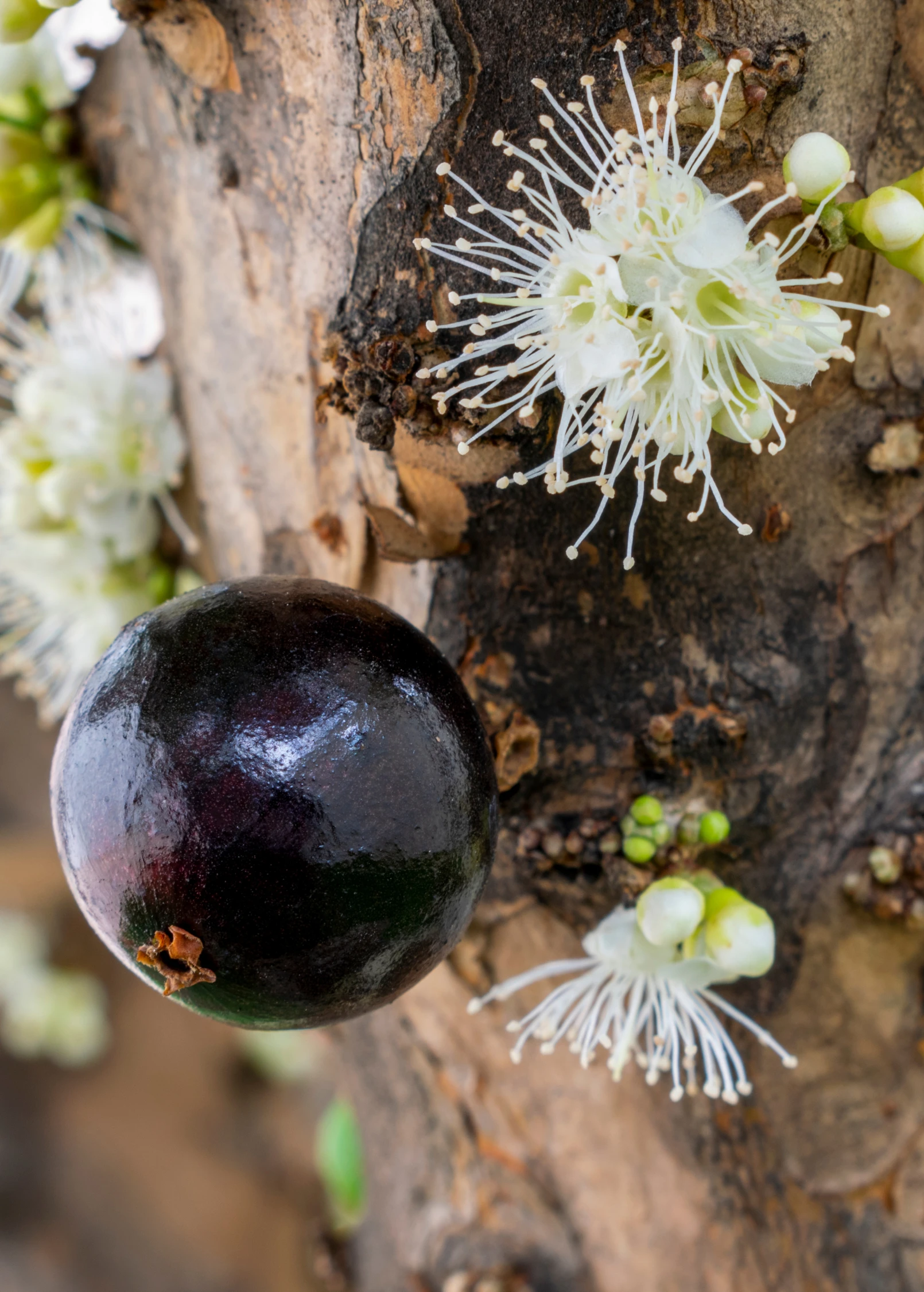

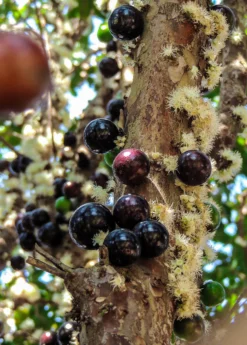
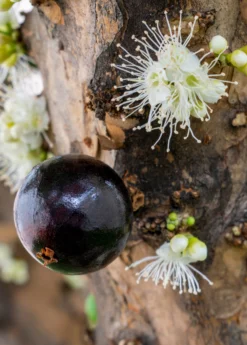
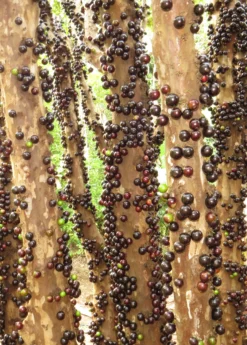

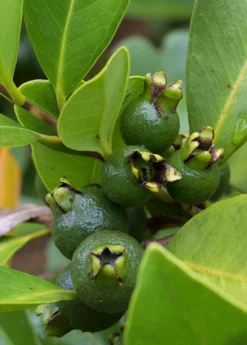

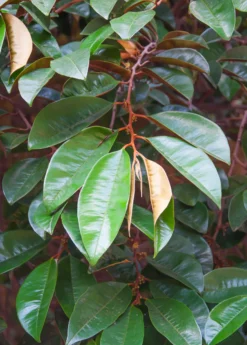




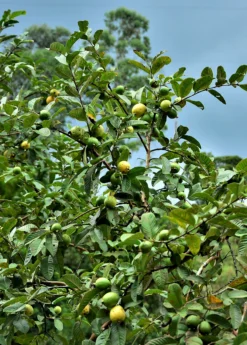
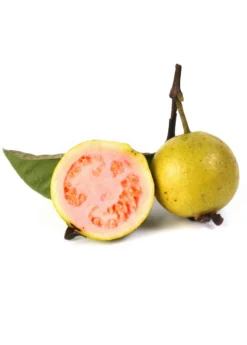
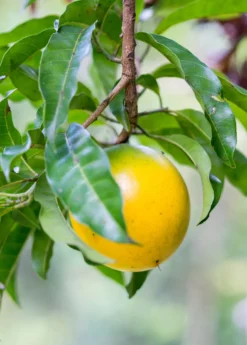
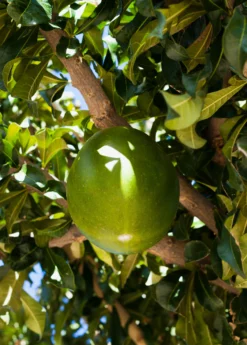
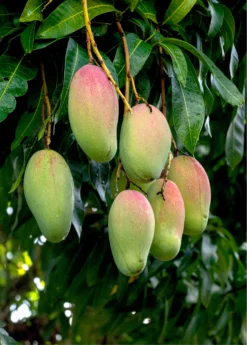
Reviews
There are no reviews yet.